FIREFLY SEEDERS (螢火蟲)
Autonomous Forest Seeders deployed at Regeneration Festivals
Over the second half of the 21st century, Climate Resilience Zones (CRZs) get expanded using autonomous seeding devices called Fireflies. The citizen science groups in the Hong Kong CRZs, inspired by the Walezi wa msitu, take the concept of old-growth ecology seeding to the next level with automation practices that are also more useful where more delicate regeneration strategies are needed. These autonomous seeders are cheekily called 'fireflies' (螢火蟲) in a period when insect declines coincide with continued 6th mass extinctions. Under exacerbated and unpredictable climate cycles, these assisted seeders offer the possibilities for migrating and regenerating vulnerable terrestrial ecosystems to suitable climate zones by restoring soils and freshwater ecosystems through human efforts in the various regeneration festivals that have become widespread. In the 21st century, these ‘fireflies’ are busy planting new old-growth ecosystems in regions where the heat death of forest ecosystems has occurred. However, this is only done under desperate attempts to preserve biodiversity and relieve these ecosystems of climate stressors, as disruptive climate patterns disrupt ecosystems worldwide.

Figure: Concept Render showing Coral seeding festivals popular with coastal communities apply a mix of mangrove and coral seeding techniques for ecosystem regeneration.
Over the next decades, the CRZ concept gains momentum across the world. Inspired by the ‘Walezi Wa Msitu,’ citizen science groups in the Hong Kong CRZ advance the notion of old-growth ecology seeding using autonomous seeding devices known as Fireflies (螢火蟲). These prove particularly cherished in ecosystems requiring delicate regeneration strategies by restoring soils and freshwater ecosystems during the widespread regeneration festivals. Amid exacerbated and unpredictable climate patterns, these assisted seeders present opportunities for migrating and rejuvenating vulnerable terrestrial ecosystems in suitable climate zones.
In the 22nd Century, Fireflies have been routinely commissioned to establish new old-growth ecosystems in the many regenerative festivals that have become a popular cultural phenomenon. However, these practices represent last-ditch efforts to safeguard biodiversity and alleviate climate-induced stressors on ecosystems.
I conducted seawater electrolysis experiments based on Hilbertz' work but this time with a carbon substrate. I 3D printed a conductive graphite PLA filament and electroplated it with seawater to illustrate a carbon-negative coral sample.
Images: Microscopic deposition of Amorphous Aragonite on conductive pyrolyised carbon structures.

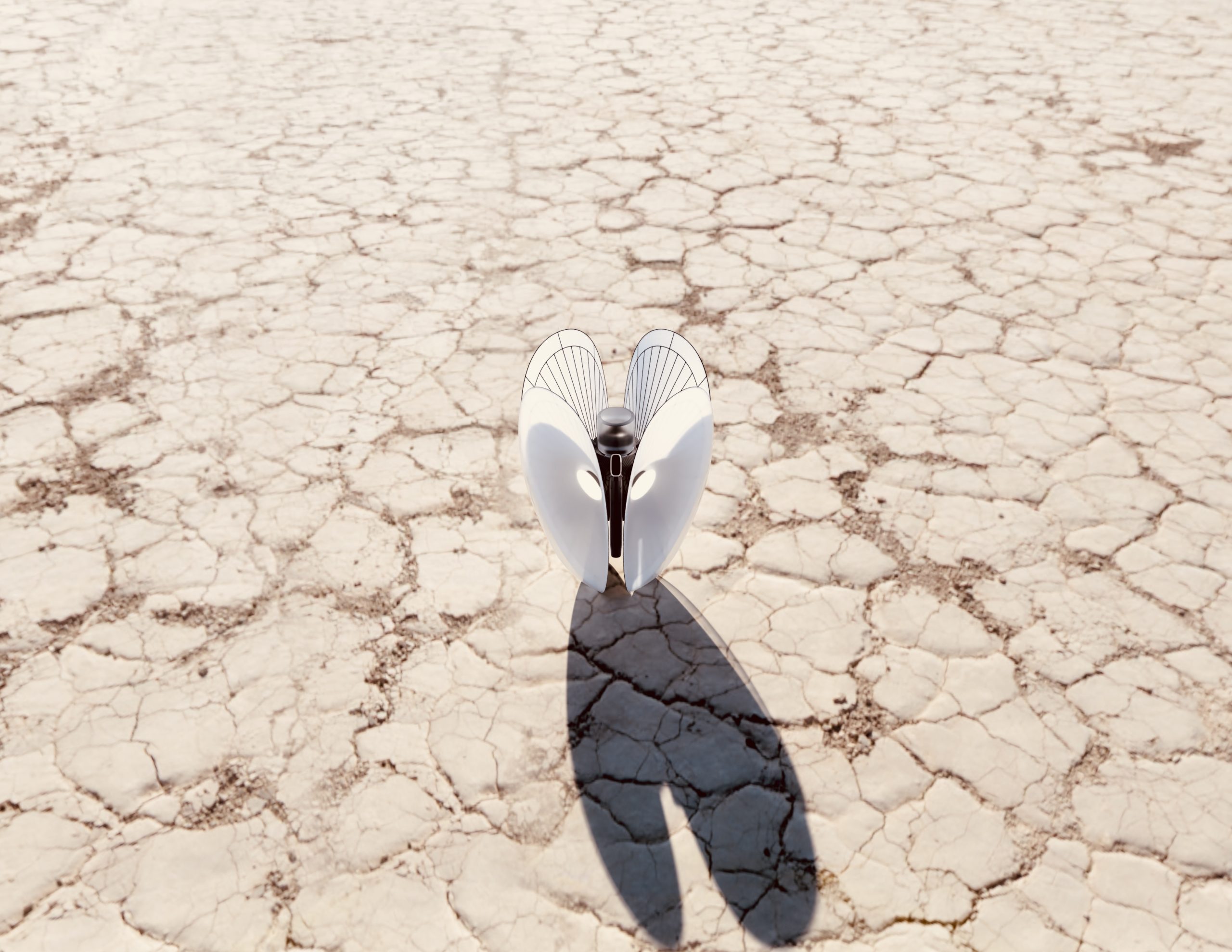
As a rewilding and regeneration strategy, it shows possibilities for recovery of coral reefs at incredible rates, even if damaged beyond repair, by combining with traditional ‘seeding’ and coral nurseries and aiding in their rapid recovery, making possible highly resilient and accelerated artificial reefs to also be scalable. These mangrove-coral sea walls are designed to protect from intense hurricanes and more energetic storm seasons in regions most vulnerable to climate extremes by absorbing the energy and the subsequent storm surges and sea level rise. These reclaimed ecosystems, like the climate resilience zones (CRZs) on land, are meant to rehabilitate coastal communities by stemming storm energy but also provide sanctuary for corals to survive bleaching events, revive fisheries and sustenance to coastal communities while also reviving marine biodiversity.
Read More: Chapter 2, Becoming Terrestrial: Of Climate Resilience Zones, Symbiotic Fabrication and Ecosystem Regeneration in The Open Journal of ReFuturing (2131).
Selected Works

Biomineralzerreserach product
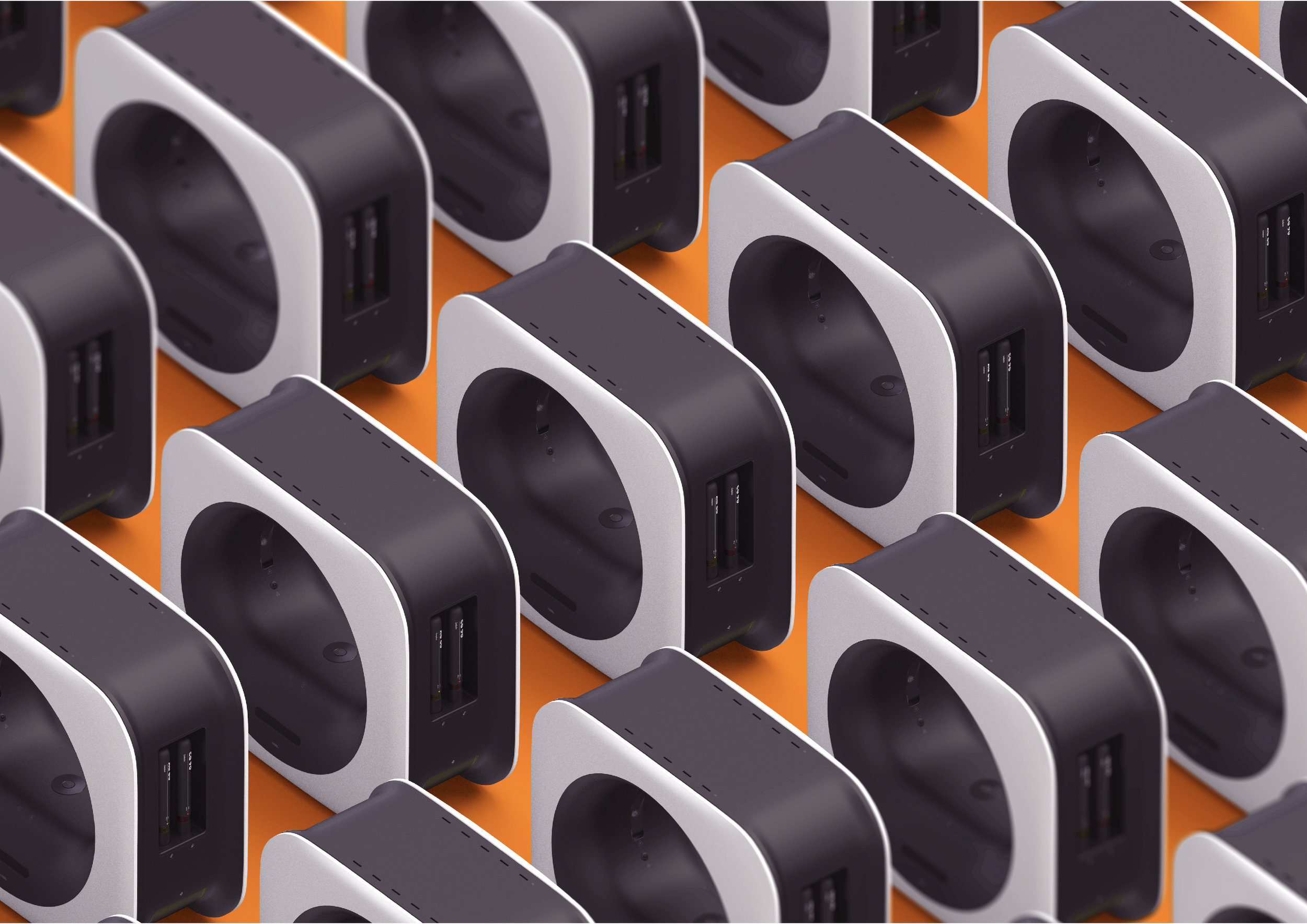
biomAreserach product
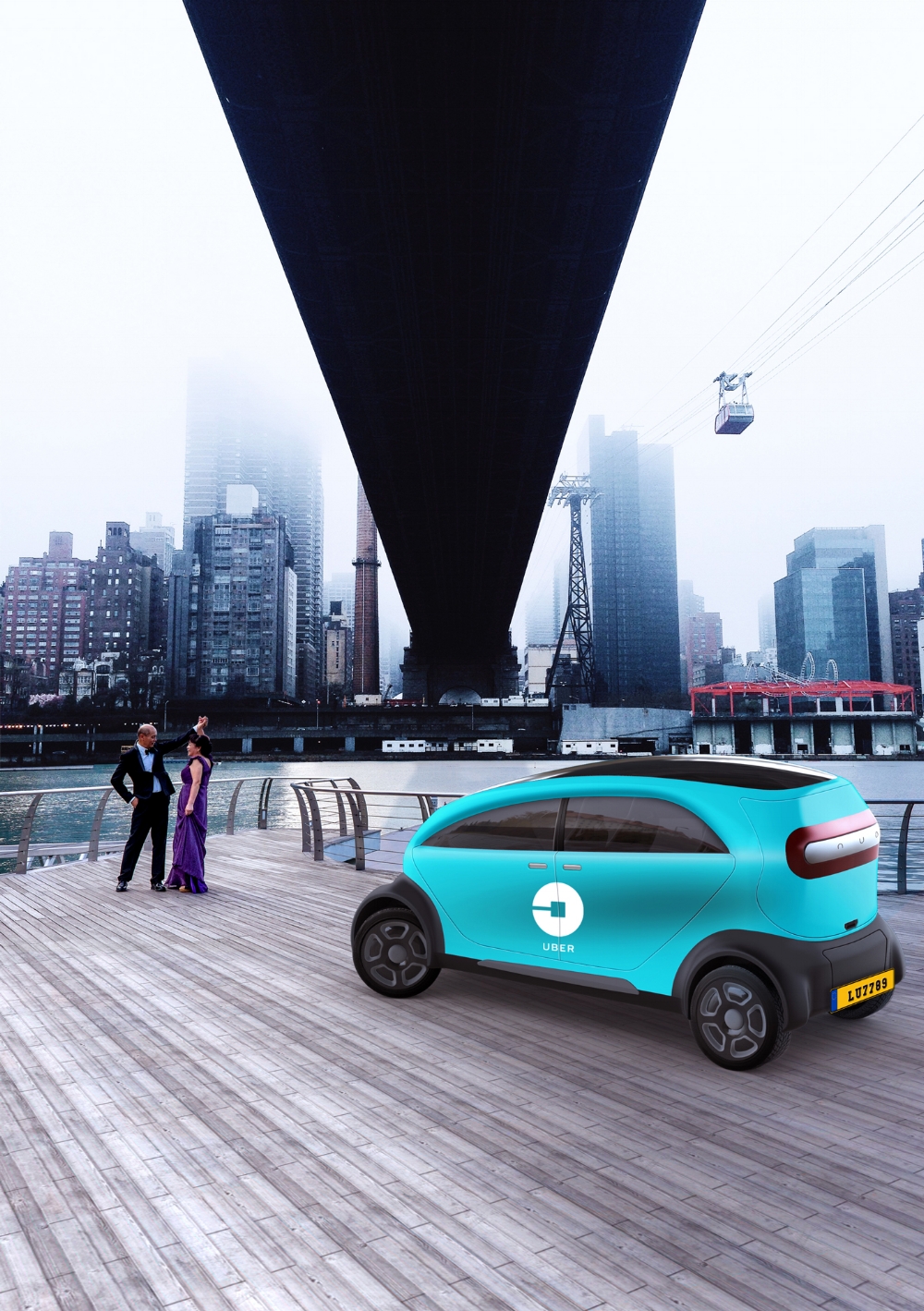
nuoreserach product
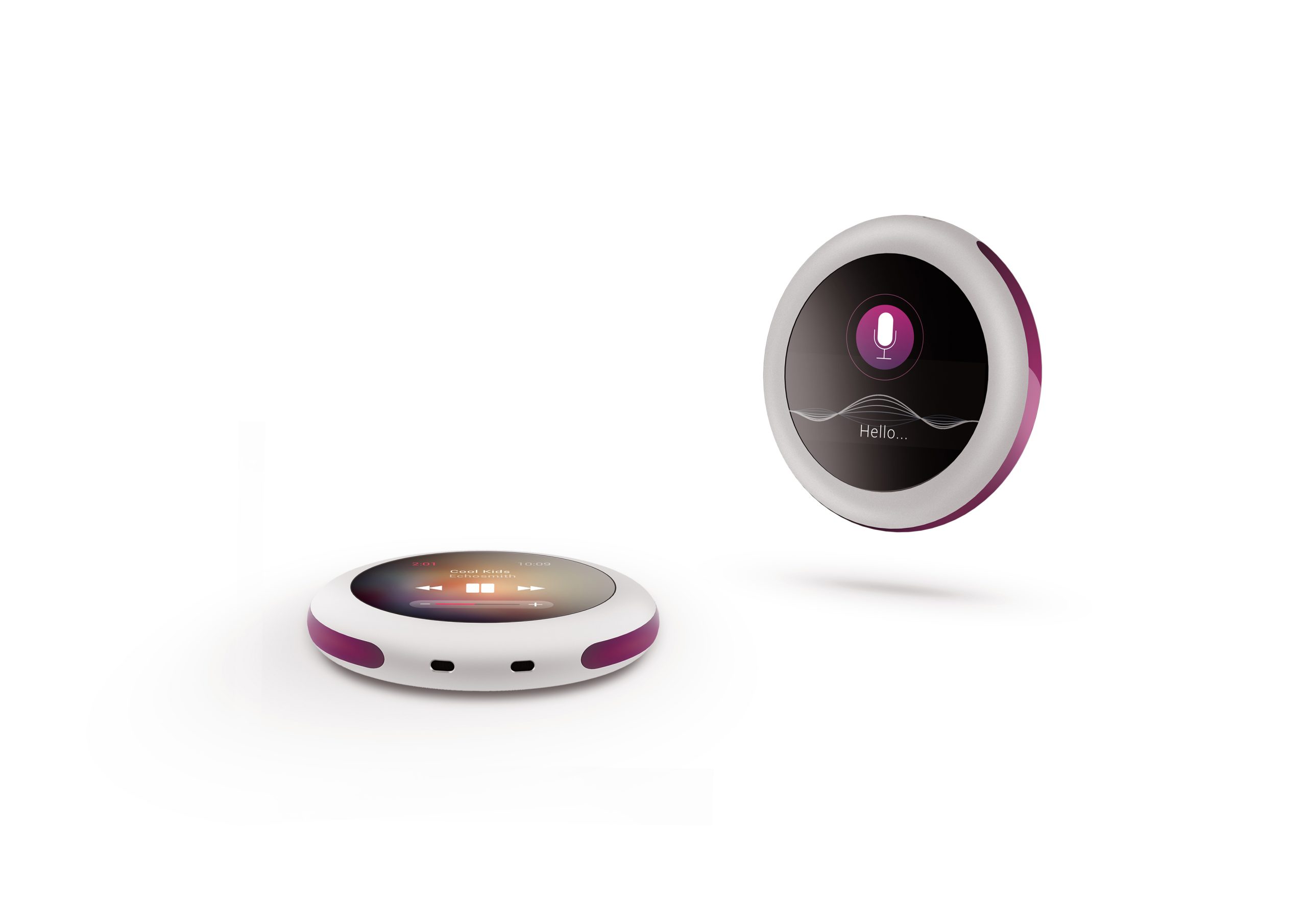
ipod proreserach product

Firefly Seeders (螢火蟲)research product

Kalo Probalreserach product
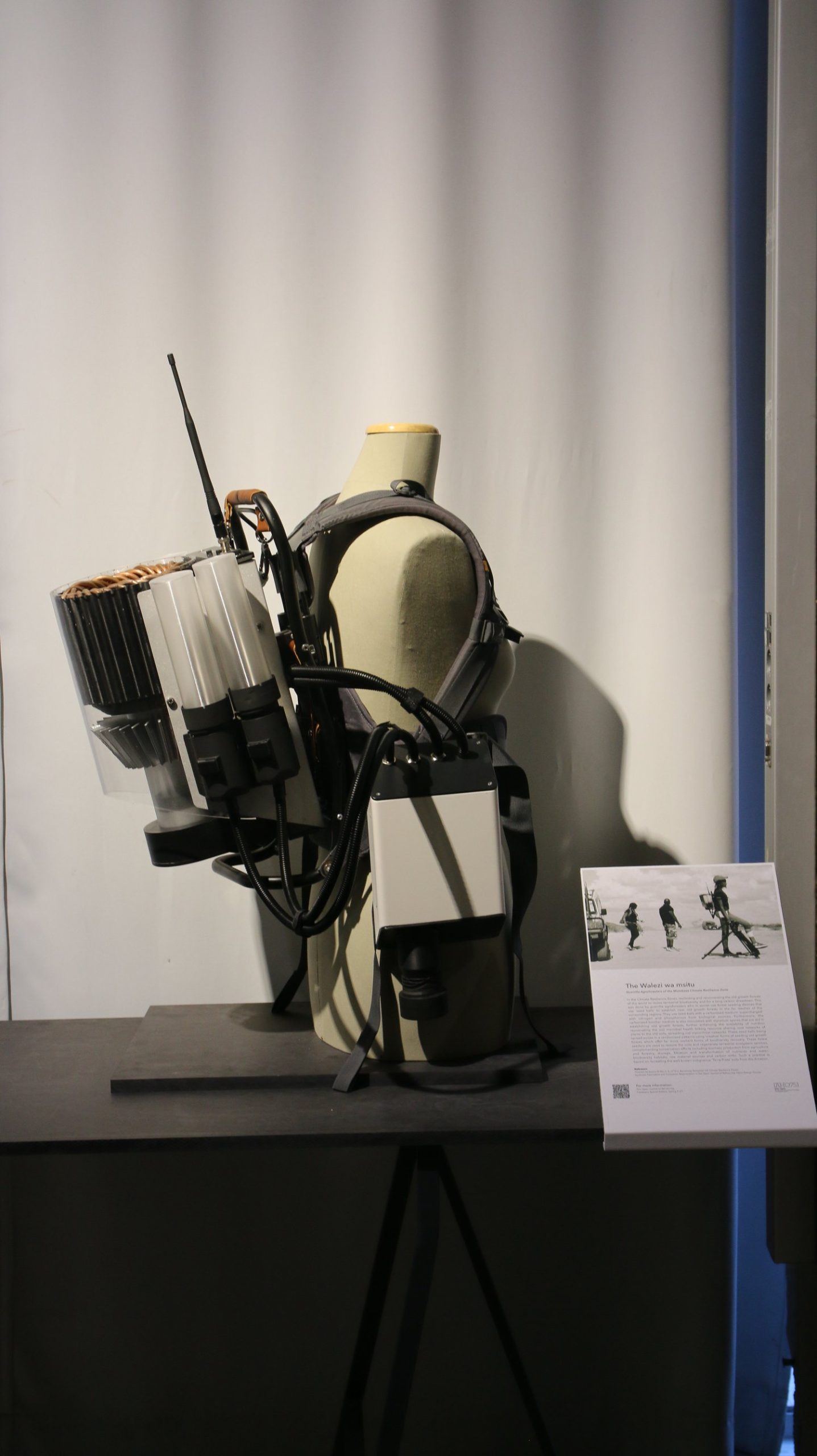
Walezi Wa Msitudesign research
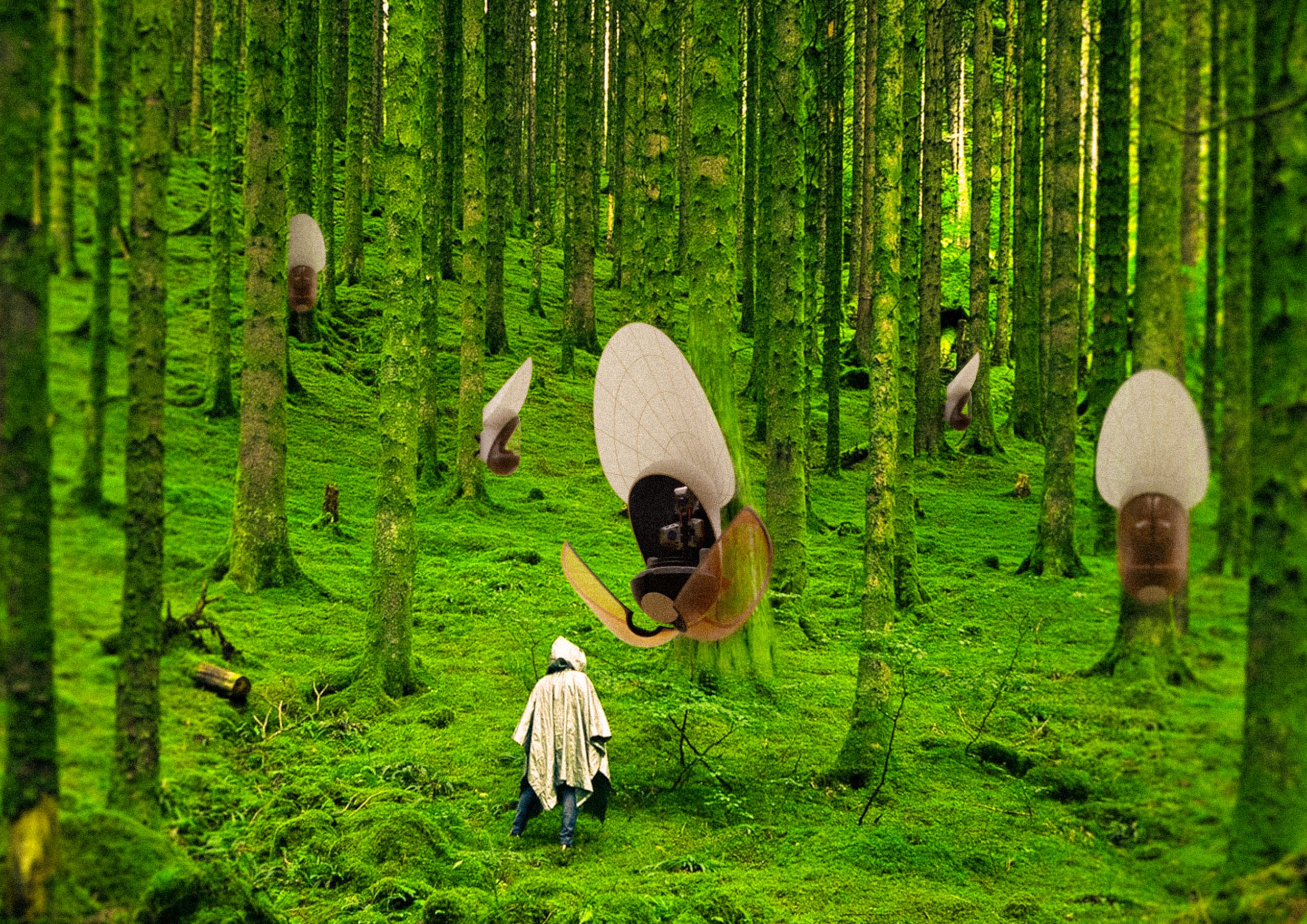
SymFabsProject type
